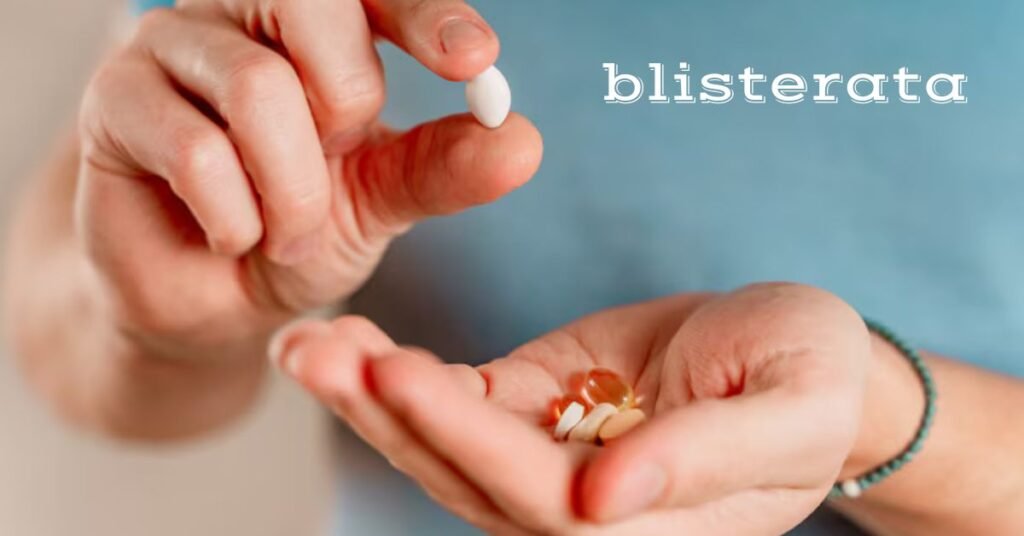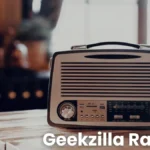Blisterata might sound unfamiliar, but if you’ve ever experienced a painful, fluid-filled bubble on your skin, you’re already acquainted with it. This comprehensive guide will delve into everything you need to know about Blisterata – from its causes to its treatment and management. By understanding this condition better, you can take proactive steps to prevent it and seek the right treatment if it does occur.
What Causes Blisterata?
Blisterata can be triggered by a variety of factors. The most common cause is friction – think about those new shoes rubbing against your heel. Other triggers include burns, allergic reactions, and certain skin conditions.
Environmental Factors
The environment plays a significant role in the development of Blisterata. Extreme temperatures, either hot or cold, can damage the skin and lead to blisters. Additionally, high humidity can cause excessive sweating, which in turn increases friction and the likelihood of blisters.
Lifestyle Influences
Your daily habits and lifestyle choices also influence the risk of developing Blisterata. Wearing ill-fitting shoes, not using protective gloves while handling tools, or even engaging in sports without proper gear can all contribute to the formation of blisters.
Early Signs
The early signs of Blisterata are quite straightforward. You might notice redness and a slight swelling in the affected area. It can feel tender or itchy before a blister actually forms.
Advanced Symptoms
As Blisterata progresses, you’ll see a raised, fluid-filled bubble on the skin. This can be filled with clear fluid or blood, depending on the severity and cause. Pain and discomfort are common, especially if the blister is in an area that experiences a lot of movement or pressure.
When to Seek Medical Attention
While most blisters heal on their own, you should seek medical attention if you notice signs of infection, such as pus, increased redness, warmth, or if the blister is extremely painful. Also, if blisters keep recurring without a clear cause, it’s wise to consult a healthcare provider.
Acute Blisterata
This type appears suddenly, usually due to immediate friction, burns, or allergic reactions. They are typically short-lived and heal within a few days with proper care.
Chronic Blisterata
Chronic Blisterata persists over a longer period and can be more challenging to treat. It often results from underlying health conditions or ongoing friction and pressure on the skin.
Recurring Blisterata
When blisters reappear frequently in the same area, it’s referred to as recurring Blisterata. This can be particularly frustrating and may require a deeper investigation to uncover the root cause.
Medical History Review
Your healthcare provider will start by reviewing your medical history and asking about your symptoms, lifestyle, and any potential triggers you might have encountered.
Physical Examination
A thorough physical examination of the affected area helps in diagnosing Blisterata. The appearance, size, and location of the blister provide important clues.
Diagnostic Tests
In some cases, additional tests such as skin biopsies, blood tests, or allergy tests might be necessary to determine the exact cause and rule out other conditions.
Lifestyle Modifications
Simple changes in your daily routine can significantly reduce the risk of Blisterata. Wearing properly fitting shoes, using moisture-wicking socks, and ensuring good hygiene are all essential.
Protective Measures
Using protective gear, such as gloves when handling tools, and applying blister prevention patches or pads can help protect vulnerable areas of your skin.
Nutritional Adjustments
A balanced diet that supports skin health can also play a role in prevention. Ensure you’re getting enough vitamins and minerals, particularly vitamins A, C, and E, which are crucial for maintaining healthy skin.
Natural Treatments
Natural remedies like aloe vera, tea tree oil, and honey have anti-inflammatory and antibacterial properties that can soothe and protect the skin.
Over-the-Counter Solutions
Products like blister plasters and antiseptic creams are readily available and can help protect blisters and speed up the healing process.
Self-Care Tips
Keep the blister clean and covered, avoid popping it, and give it time to heal naturally. If the blister does pop, ensure you clean the area thoroughly to prevent infection.
Prescription Medications
In cases of severe or infected blisters, a doctor might prescribe antibiotics or stronger anti-inflammatory medications to aid in healing.
Surgical Options
While rare, surgery might be needed to drain particularly large or painful blisters, or to remove the underlying cause if it’s a structural issue in the skin or tissue.
Innovative Therapies
New treatments are being developed all the time, including advanced wound care products and therapies that enhance skin regeneration and healing.
Daily Management Tips
Managing Blisterata involves keeping the affected area clean and dry, avoiding further irritation, and using protective dressings as needed.
Coping Strategies
Finding ways to cope with the discomfort and inconvenience of Blisterata is crucial. This might include relaxation techniques, pain management strategies, and finding supportive footwear or clothing.
Support Systems
Joining support groups or seeking counseling can be very beneficial, especially for those dealing with chronic or severe forms of Blisterata.
Physical Limitations
Blisterata can limit physical activities, especially if the blisters are on the feet or hands. This can make daily tasks and exercise challenging.
Emotional and Psychological Effects
Dealing with persistent pain and discomfort can lead to emotional distress, anxiety, and even depression. It’s important to address these issues and seek help if needed.
Social Implications
Blisters, particularly those in visible areas, can affect self-esteem and social interactions. Finding ways to manage and conceal them can help maintain social confidence.
Unique Challenges
Children are more prone to blisters due to their active lifestyles and delicate skin. Parents need to be vigilant about their footwear and protective gear.
Effective Treatments
Treating blisters in children involves gentle care, using pediatric-friendly products, and ensuring they understand the importance of not picking at blisters.
Support for Families
Providing education and support for families dealing with Blisterata is essential. This can include guidance on prevention, treatment, and managing daily life with a child affected by this condition.
Special Considerations
Elderly individuals might experience Blisterata due to thinner skin and slower healing processes. Extra care and attention are required to manage blisters in this age group.
Treatment Adjustments
Treatment might need to be adjusted for older adults, focusing on gentle and non-invasive methods, and ensuring medications don’t interfere with other conditions or treatments.
Enhancing Quality of Life
Enhancing the quality of life for elderly patients with Blisterata involves comprehensive care, including pain management, proper nutrition, and physical support to prevent falls and further injuries.
Common Misconceptions
There are many myths about Blisterata, such as the idea that all blisters should be popped or that they only happen to athletes. It’s important to know the facts.
Evidence-Based Facts
Blisters serve as a protective barrier, and in most cases, should not be popped. They can happen to anyone, not just those who are highly active.
Debunking False Information
Educating yourself and others about the reality of Blisterata can help in better prevention and treatment. Don’t rely on hearsay – seek out reliable information.
Current Studies
Ongoing research is uncovering new insights into the causes and treatments of Blisterata, aiming to develop more effective and less invasive solutions.
Promising Developments
Innovations in skin care products, medical devices, and treatment protocols show promise in improving the management and outcomes of Blisterata.
Future Prospects
The future looks hopeful with advancements in medical science. With continued research and innovation, better preventive and treatment options will become available.
Conclusion
Blisterata, while often minor, can significantly impact your daily life if not properly managed. Understanding the causes, symptoms, and treatments can help you take better care of your skin and prevent future occurrences. Remember, taking proactive steps and seeking appropriate care can make all the difference.
FAQs
What is the main cause of Blisterata?
The main cause of Blisterata is friction against the skin, but it can also result from burns, allergic reactions, or underlying health conditions.
Can Blisterata be cured completely?
Most cases of Blisterata heal on their own with proper care. Chronic or recurring cases might require ongoing management but can be controlled effectively.
Are there any dietary restrictions for people with Blisterata?
While there are no specific dietary restrictions, a balanced diet rich in vitamins A, C, and E can support skin health and aid in prevention.
How does Blisterata affect children differently?
Children are more prone to blisters due to their active lifestyles and delicate skin. They require gentle care and education on preventing blisters.
What are the latest treatments for Blisterata?
The latest treatments include advanced wound care products, innovative therapies for skin regeneration, and personalized medical approaches to manage chronic cases.







